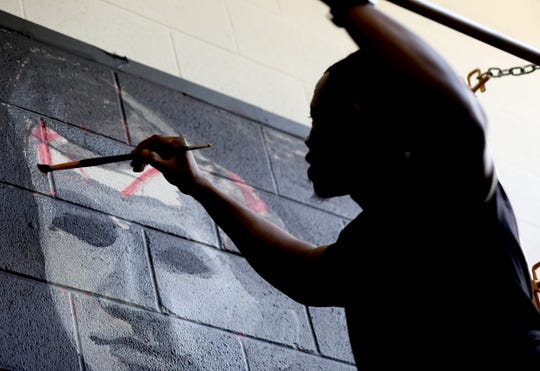Who Was the Real James Young Deer?Posted in Articles, Arts, Biography, Communications/Media Studies, History, Media Archive, Native Americans/First Nation, Passing, Tri-Racial Isolates, United States on 2019-10-24 17:28Z by Steven |
Who Was the Real James Young Deer?
Bright Lights Film Journal
Issue May 2013 (2013-04-30)
10 pages
Angela Aleiss, Full Time Lecturer, Information Systems
California State University, Long Beach
The Mysterious Identity of the Pathè Producer Finally Comes to Light
“With his acting experience and technical know-how, Young Deer soon advanced to one of Pathé’s leading filmmakers. His Indian identity served him well: no one in the cast or crew at that time would have taken orders from a black man.”
Few in Hollywood knew that James Young Deer, general manager of Pathé Frères West Coast Studio from 1911 to 1914, was really an imposter. After all, Young Deer had earned a reputation as the first Native American producer and had worked alongside D. W. Griffith, Fred J. Balshofer, and Mack Sennett. As one of Hollywood’s pioneer filmmakers, Young Deer oversaw the production of more than 100 one-reel silent Westerns for Pathé, the world’s largest production company with an American studio in Edendale in Los Angeles.
Young Deer was married to Lillian St. Cyr, a Winnebago Indian from Nebraska known as “Princess Red Wing” and star of Cecil B. DeMille’s 1914 classic The Squaw Man. He boasted of a full-blooded Winnebago heritage similar to his wife: his birthplace became Dakota City, Nebraska, and his father was “Green Rainbow” from the Winnebago reservation. He claimed he attended the Carlisle Indian Industrial School in Pennsylvania, the first off-reservation Indian boarding school.
In a 2010 BBC Radio 3 segment, “James Young Deer: The Winnebago Film-Maker,” no one — including this author — could unscramble Young Deer’s murky past. Young Deer was elusive, and a search in his background leads to a maze of contradictions and discrepancies. But after ten months of poking through dusty archives and faded vital records and tracking down Lillian’s relatives, the identity of this mysterious filmmaker finally came to light. His real name: James Young Johnson, born about April 1, 1878, in Washington, D.C., to mulatto parents George Durham Johnson and Emma Margaret Young.
“If Young Deer claimed to be Winnebago, he was lying to himself and others to promote himself,” says David Smith, Winnebago historian, author, and former director of Indian Studies at Little Priest Tribal College in Nebraska. Smith has heard endless stories about Young Deer’s supposed Winnebago heritage, and he’s had enough. His reaction is understandable: Native American identity is an especially sensitive issue, and no Indian tribe wants their name appropriated by some wannabe.
Little did anyone know that Young Deer’s true heritage lies hidden within the small mid-Atlantic community of whites, African Americans, and Native Americans once known as the “Moors of Delaware.” So secluded were these people that the late historian Clinton A. Weslager referred to them as “Delaware’s Forgotten Folk.”…
Read the entire article here.





